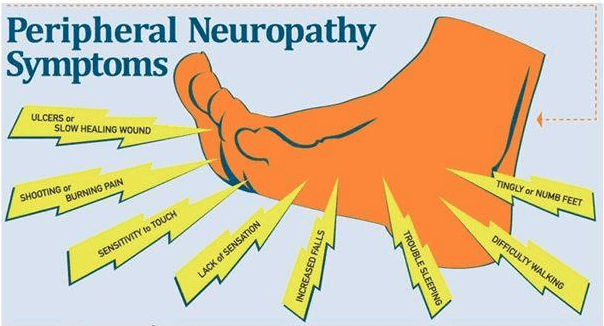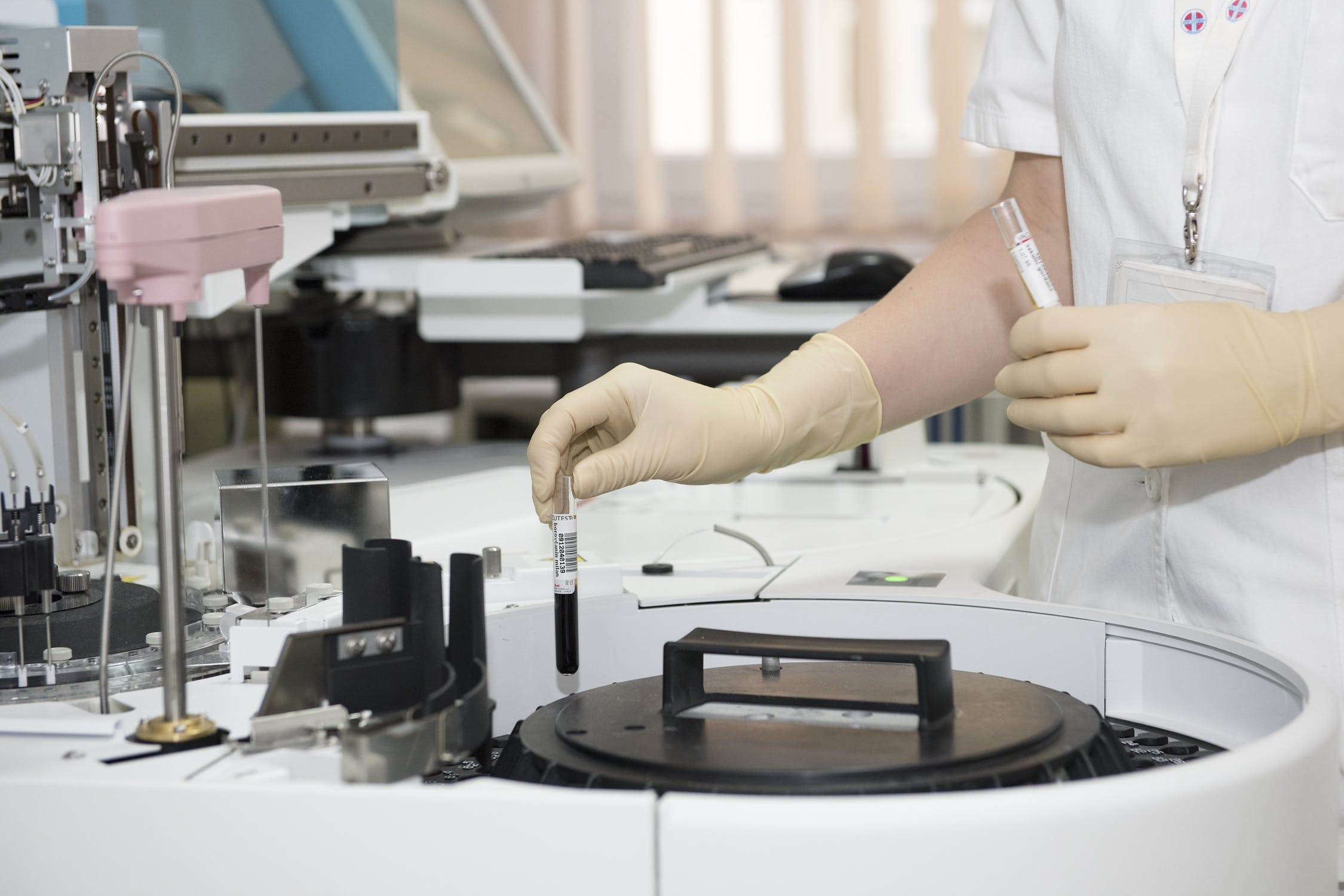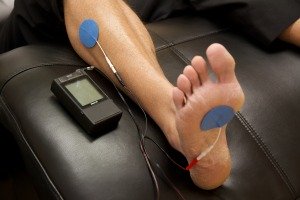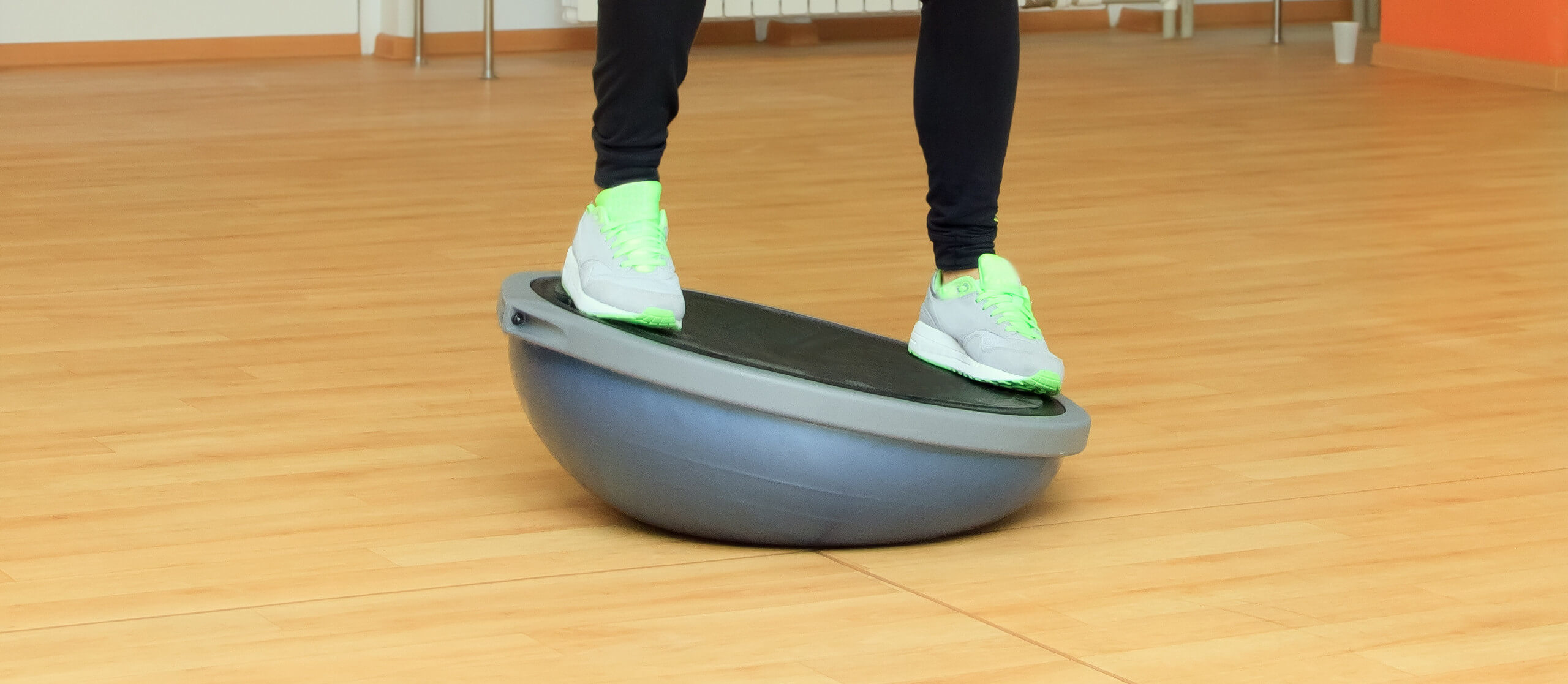nalco group
bone, muscle & joint pain physio
BOOK NOW / WHATSAPP ABOUT YOUR PAIN OR INJURY
- ORCHARD 400 Orchard Road #12-12 Singapore 238875
- TAMPINES 9 Tampines Grande #01-20 Singapore 528735
- SERANGOON 265 Serangoon Central Drive #04-269 Singapore 550265
Home > Blog > Physiotherapy > Conditions > Peripheral Neuropathy Physiotherapy
Peripheral Neuropathy Physiotherapy

Peripheral neuropathy (PN) refers to a medical condition that affect the nerves of the body that results in a variety of symptoms including
- pain
- changes in sensation
- and alterations in muscle activity
PN may be associated with other disease processes such as
- diabetes
- bodily injury
- and overuse conditions
Sometimes peripheral neuropathy also can occur as a side effect of medications, such as chemotherapy.
Although the symptoms of some types of PN have been shown to improve over time, many do not.
Treatment by our senior physiotherapists can
help reduce symptoms of PN in some cases, and reduce the effect the
symptoms have on movements and activities to improve an individual's
quality of life.
What is Peripheal Neuropathy?
Peripheral neuropathy (PN) is a condition that affects the nerves of your body. It is generally classified by
- the number of nerves affected
- the type of nerve cells affected
- or the process affecting the nerves
Depending on these factors, the symptoms of PN vary widely, and can include
- sensory (eg, touch)
- motor (eg, movement)
- and/or autonomic (ie, nervous system)
issues (see the “How Does It Feel” section below for more details).
Common classifications of PN include:
- Mononeuropathy
This is a condition only affecting 1 nerve. It is often a result of the compression of a nerve, which creates an onset of symptoms.
Carpal tunnel syndrome is an example of a mononeuropathy, in which compression of the median nerve in the arm results in altered sensation, pain, and weakness of the hand. - Polyneuropathy
This is a condition affecting 2 or more nerves and is generally a result of a disease process that affects the entire body. This type of PN can result in an individual experiencing symptoms in various body parts, on both sides of the body. - Neuritis
This is a condition that results from inflammation of a nerve. There are many causes of this type of PN including infection, injury, or exposure to chemicals.
How Does it Feel?
To understand symptoms of PN, we must first understand that nerves have influence over 3 primary functions, all of which may be altered by PN:
- Sensation
- Motor function (movement)
- Autonomic (nervous system) function
Depending on the location and type of nerve(s) involved, people with PN may experience:
- Numbness and tingling, most commonly starting in the feet and hands, and possibly spreading up the limbs
- Loss or absence of sensation (the ability to sense contact with outside objects)
- Pain, often described as burning, sharp, or "electric-like"
- Increased sensitivity to light touch
- Clumsiness or decreased coordination in the affected limb(s)
- Weakness or paralysis in the muscles or parts of the body affected by the nerve or nerves
- Bowel or bladder changes; nerves controlling these functions may be affected
- Temperature intolerances
- Decreased balance
- Falls
- Poor wound healing
- Excessive sweating or skin dryness
- Flushed or pale skin
- Abnormal nail growth
- Decreased ability to participate in normal functional activities
CAUTION: If you or a loved one are experiencing any of the above symptoms, consult a medical professional.
How Is It Diagnosed?
A thorough examination by a medical professional will help determine if you have symptoms of PN. There are several methods and tests a clinician may use to make a diagnosis, such as
- testing your reflexes
- sensation
- and muscle strength

If you have suspected symptoms, your physician may also order
- blood work
- diagnostic imaging (such as an MRI)
- or nerve-conduction testing
These tests are generally ordered based on the suspected origin of symptoms.
how our senior physiotherapists can help

Our senior physical therapists can play a vital role in helping individuals improve and maintain functions that may be limited by PN. We will work with you to develop a treatment plan to help address your specific needs and goals.
Because the cause, type, and symptoms of PN can all vary, the approach to care will also vary. We may provide the following recommendations and care:
To function well, nerves require 3 things: movement, blood, and space. Exercises that move and “glide” your nerves are often effective at helping to manage symptoms of PN, as well as promote nourishment and healing of the nerve. We can show you effective exercises that move and glide your nerves.
Moderate-intensity exercise.
We may recommend moderate-intensity exercises to help improve your strength and physical function.

We may work on strategies to improve your balance and coordination, both of which may be altered by PN. Improving balance and coordination can help decrease your risk of falling.
Bracing
We may prescribe bracing for your nerve injury. Braces can be used to protect injured nerves or to help you move safely.
Education
We will educate you on how to safely manage peripheral neuropathy.
Your education will vary based on your individual needs, and may focus on improving your safety, preventing further complications, and finding alternative ways to perform certain tasks.
